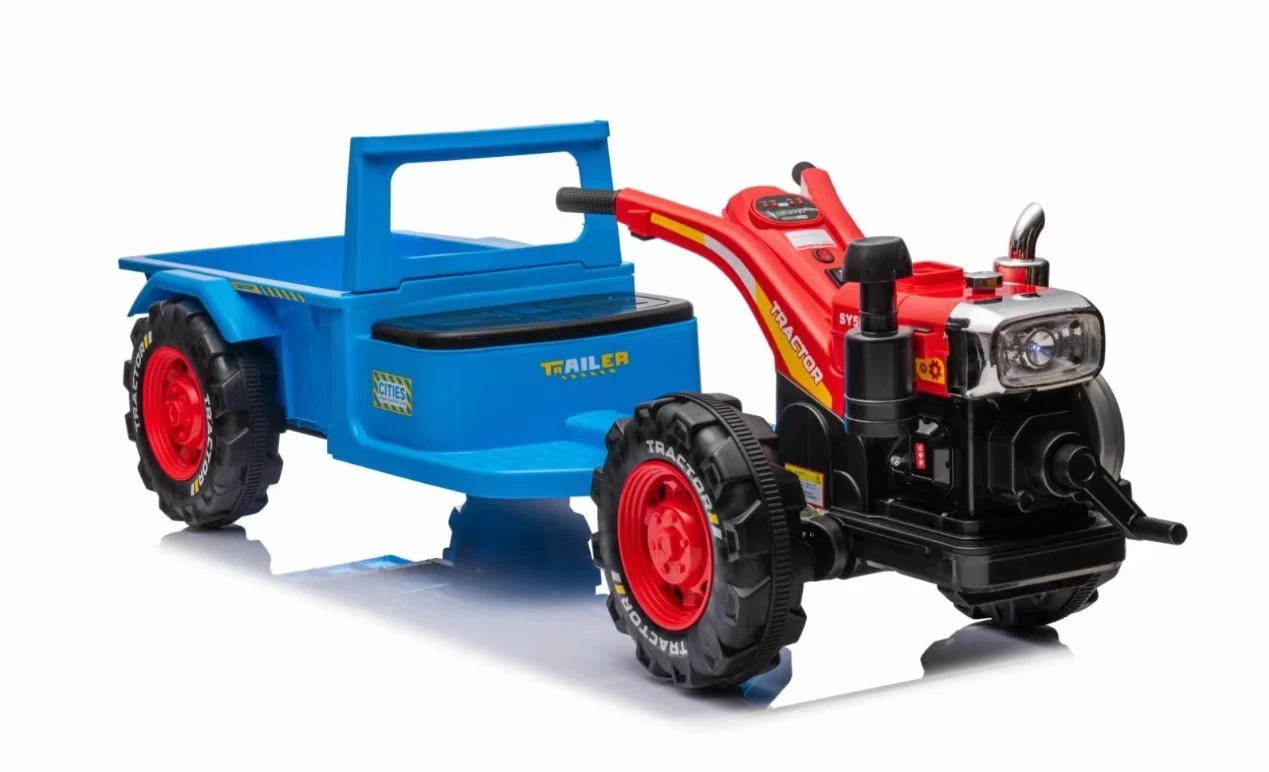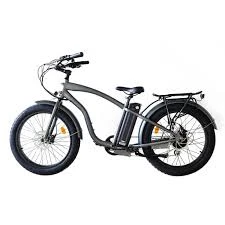Mar . 05, 2025 02:59 Back to list
derailleur on mountain bike


With the chain in place, connect the shift cable from your handlebar shifter to the derailleur. Pull the cable taut, secure it in the derailleur’s pinch bolt, and adjust the barrel adjuster to fine-tune the cable tension. This tension should allow the derailleur to move uniformly across the cassette, preventing delayed shifts or ghost shifting during aggressive trail riding. Following cable installation, address the low-limit screw adjustment, marked ‘L’ on the derailleur body, ensuring the chain doesn’t derail towards the wheel when in the largest cog. This safeguard is crucial for rider safety and mechanical health of your bike. To culminate the installation, adjust the B-tension screw. Optimal B-tension ensures adequate distance between the jockey wheel and the rear cogs, crucial for crisp shifting and reduced wear on drivetrain components. Your goal is to have the jockey wheel within 5-6 mm of the largest cog. Fine adjustments may be necessary through trial rides focusing on optimal shifting performance across all gears. Testing your work is the final step. Place the bike on the stand and manually shift through each gear to observe the derailleur’s action. Each shift should be prompt, precise, and noise-free. Should any issues arise, revisit the limit screws and cable tension for further optimization. Successfully installing a rear derailleur not only enhances your mountain biking experience but also imparts a deeper understanding of your machine’s mechanics. As you become adept at maintaining and tuning your bike’s drivetrain, you gain confidence and an authoritative grasp over this crucial biking component. In doing so, you ensure your bike performs at its peak, providing safe and exhilarating rides on any trail. For consistent performance, remember to routinely check the derailleur’s alignment and cable tension as part of your regular bike maintenance.
-
In-Depth Guide to Ebike Frames: Design, Use & Future Trends
NewsNov.25,2025
-
Discover Top E Bike Brand Insights, Specs & Future Trends | Yanline Bike
NewsNov.24,2025
-
Green E Bike – The Future of Sustainable Urban Mobility
NewsNov.24,2025
-
Ruffian eBike: Durable, Efficient Electric Bikes for Modern Mobility
NewsNov.23,2025
-
Comprehensive Guide to the Global E Bike Market and Future Trends
NewsNov.23,2025
-
Understanding Electric Bicycle Range: A Complete Guide for Smarter E-Bike Use
NewsNov.22,2025
-
Ceron Electric Bike – Efficient, Sustainable Urban Mobility Solutions
NewsNov.22,2025




